Design
The Essential Guide to Shape Psychology in Design: How Shape Psychology Drives Consumer Behavior
09.02.2025
By Shaikh Asif

Design
09.02.2025
By Shaikh Asif
Shape psychology is a crucial aspect of design that delves into how different shapes impact human perception and behavior. Understanding the psychological effects of shapes can significantly enhance the effectiveness of your designs, whether for branding, user interfaces, or product designs. For startups, entrepreneurs, CEOs, and young designers, leveraging shape psychology can be a game-changer in creating compelling and memorable designs.
Shape psychology is rooted in Gestalt psychology, a theory that emerged in the early 20th century. Gestalt principles, such as similarity, continuity, and closure, explain how we perceive shapes and patterns. The foundational work by psychologists like Max Wertheimer, Kurt Koffka, and Wolfgang Köhler laid the groundwork for understanding how we interpret visual elements as unified wholes.
Circles and Ovals
Circles and ovals symbolize unity, harmony, and infinity. They evoke feelings of comfort and inclusivity. Brands like Apple and Google utilize circular shapes to convey a sense of community and approachability.
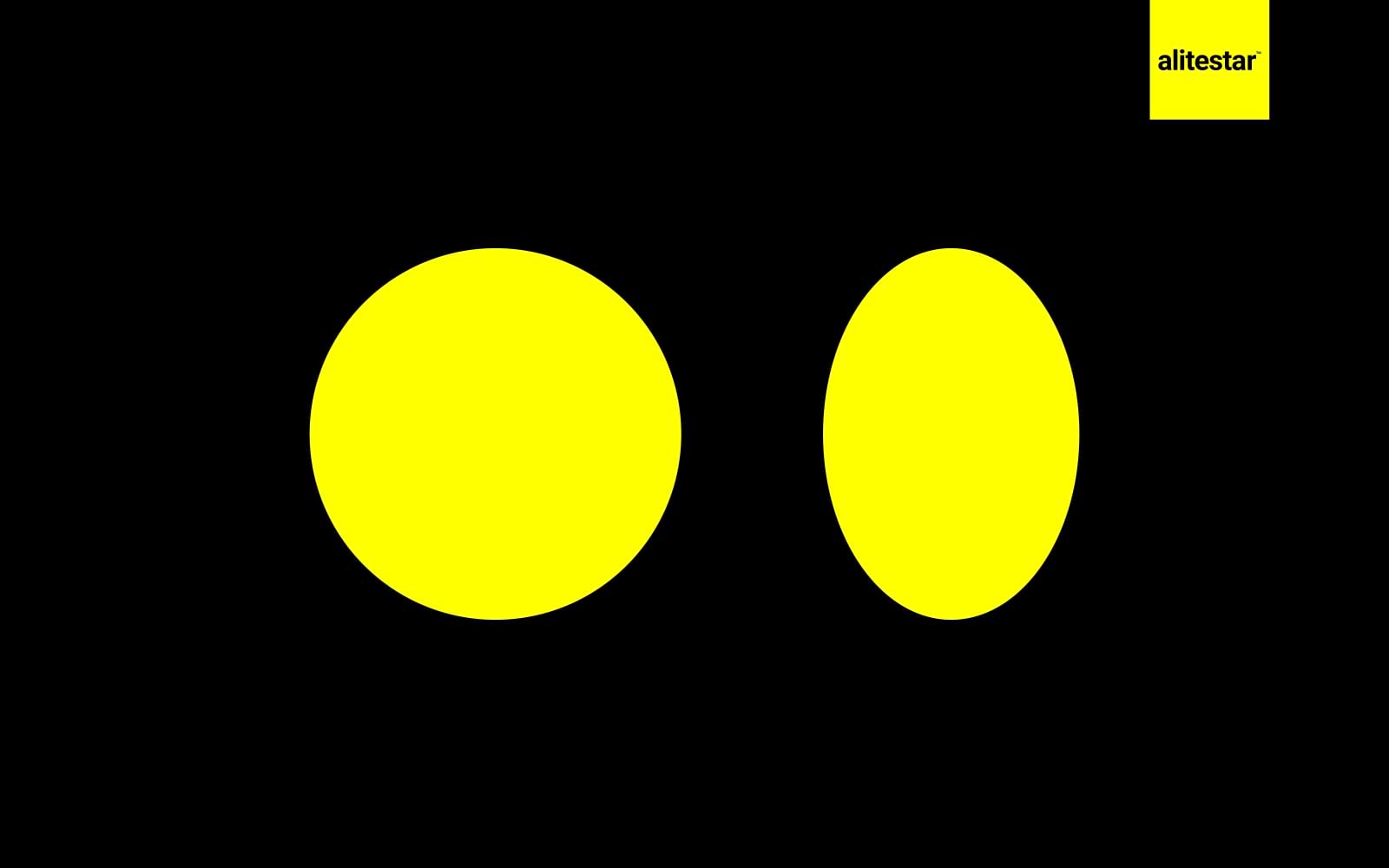
Squares and Rectangles
Squares and rectangles suggest stability, reliability, and order. They are often associated with professionalism and strength. Think of brands like Microsoft and IBM, which use square and rectangular shapes to signify dependability and structure.
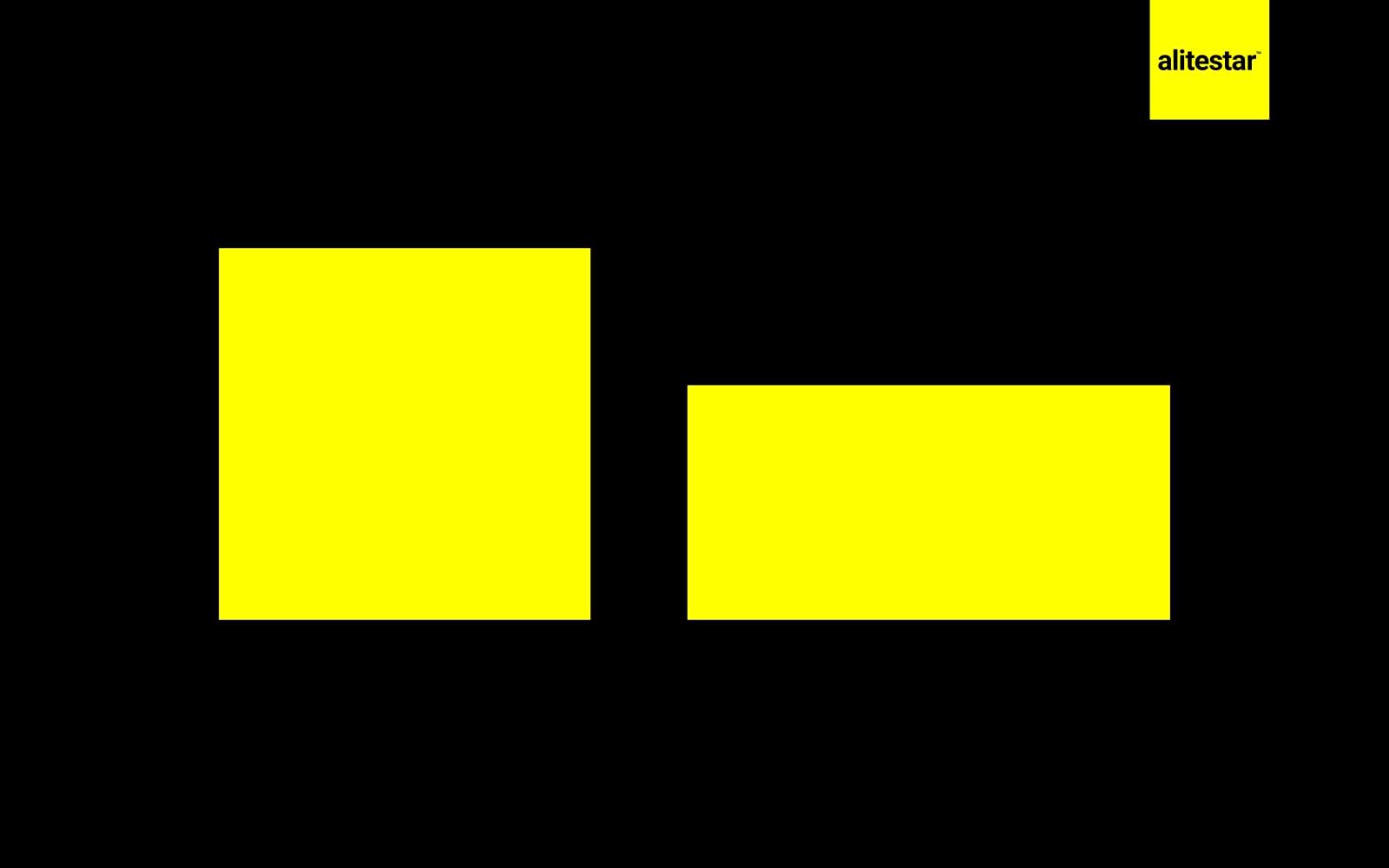
Triangles
Triangles can represent direction, movement, and conflict. The orientation of a triangle significantly influences its psychological impact. For example, an upward-pointing triangle conveys growth and progress, while a downward-pointing triangle can signal caution or instability.
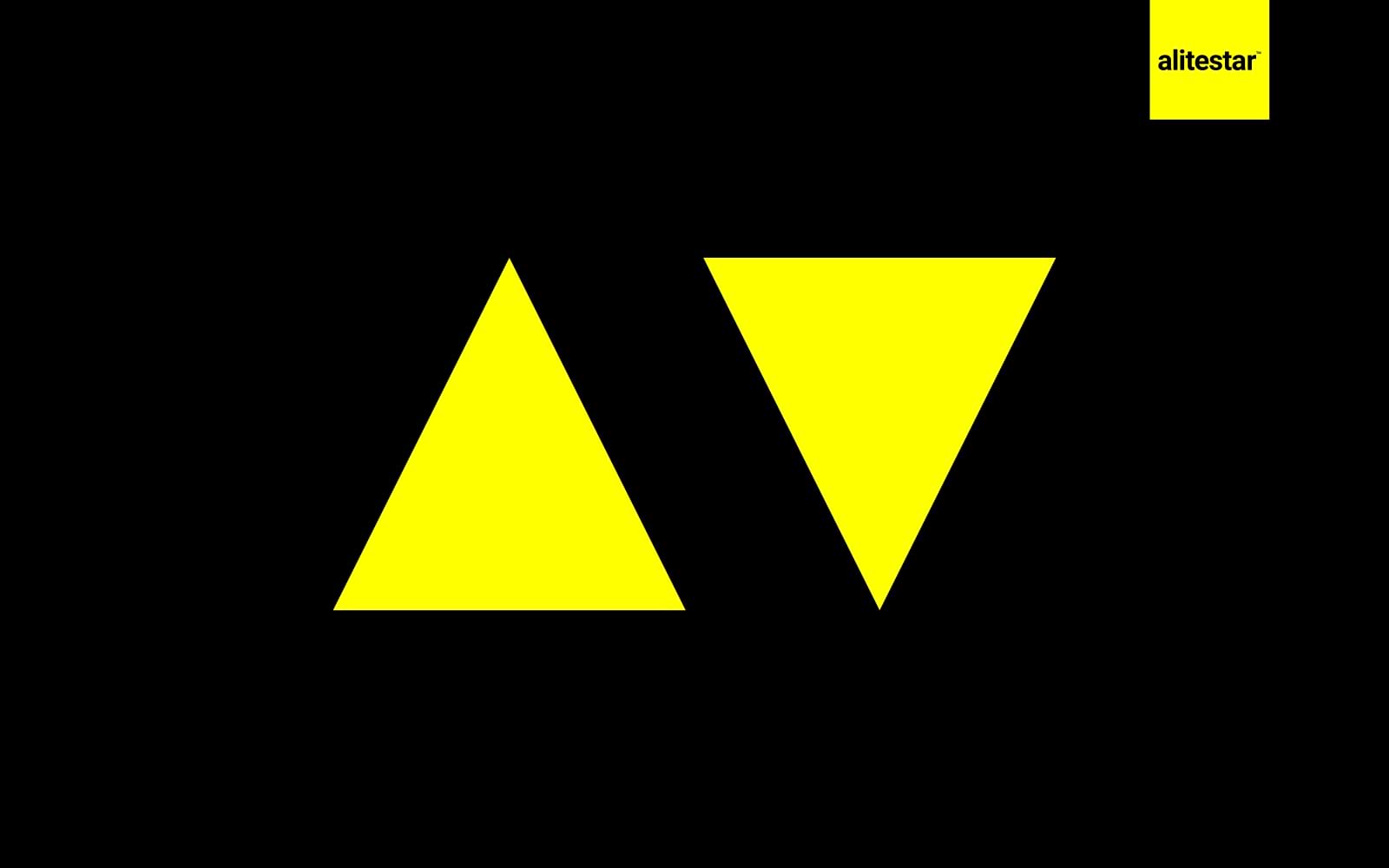
Other Shapes Hexagons, often seen in nature (like honeycombs), convey efficiency and balance. Organic shapes, which mimic natural forms, can create a sense of creativity and spontaneity.
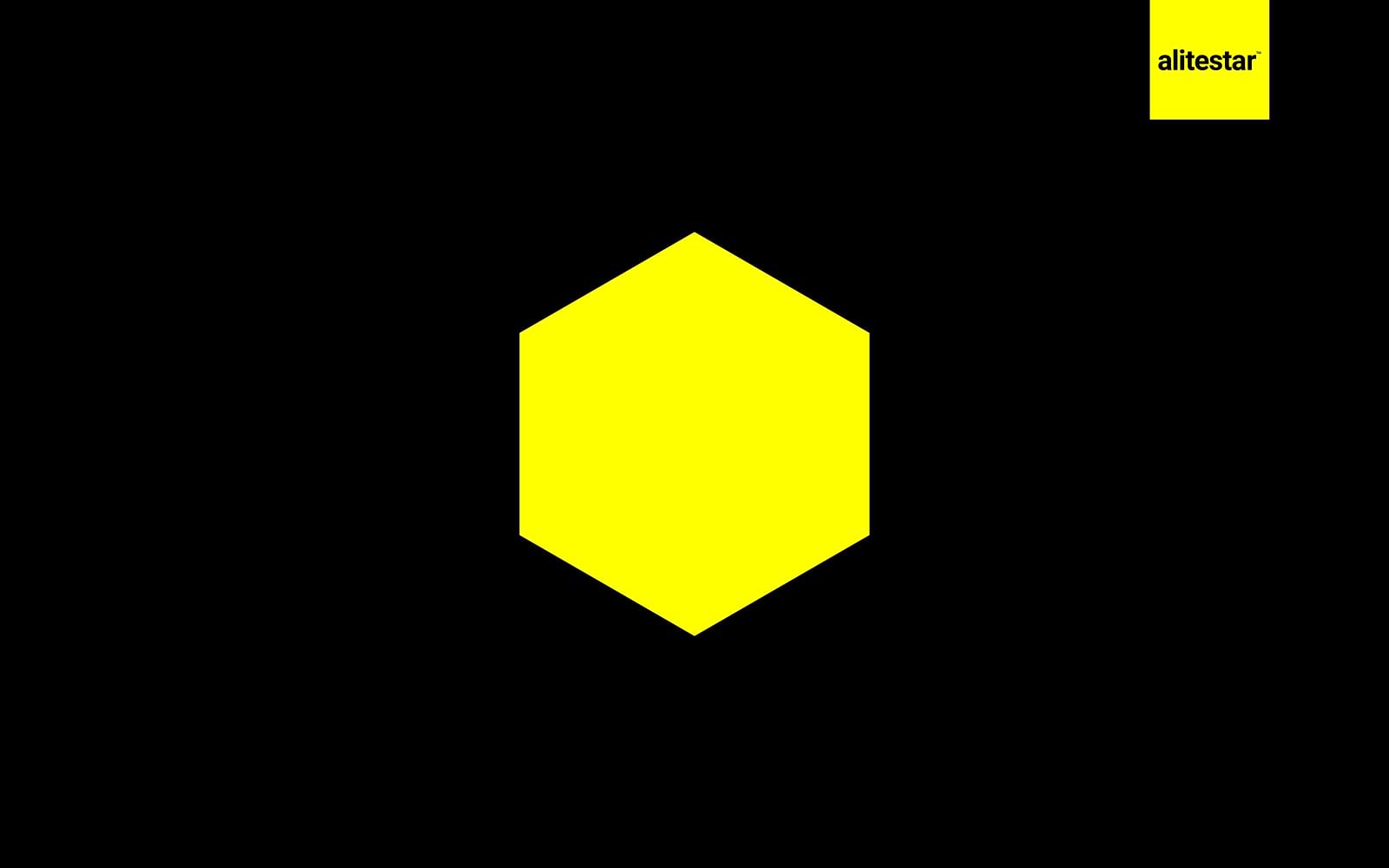
Straight Lines
Straight lines are the building blocks of shapes and convey a variety of messages depending on their orientation and placement.
Horizontal Lines: These lines evoke a sense of calm, stability, and rest. They are often used in designs to create a feeling of tranquility and balance. For example, a website with horizontal lines in its layout might feel more peaceful and stable.
Vertical Lines: Vertical lines suggest strength, power, and growth. They can make a design appear more formal and authoritative. Brands that want to project confidence and reliability might incorporate vertical lines in their logos and visual elements.
Diagonal Lines: Diagonal lines convey movement, dynamism, and direction. They can add a sense of action and excitement to a design. Diagonal lines are often used in sports branding and tech companies to suggest innovation and forward momentum.
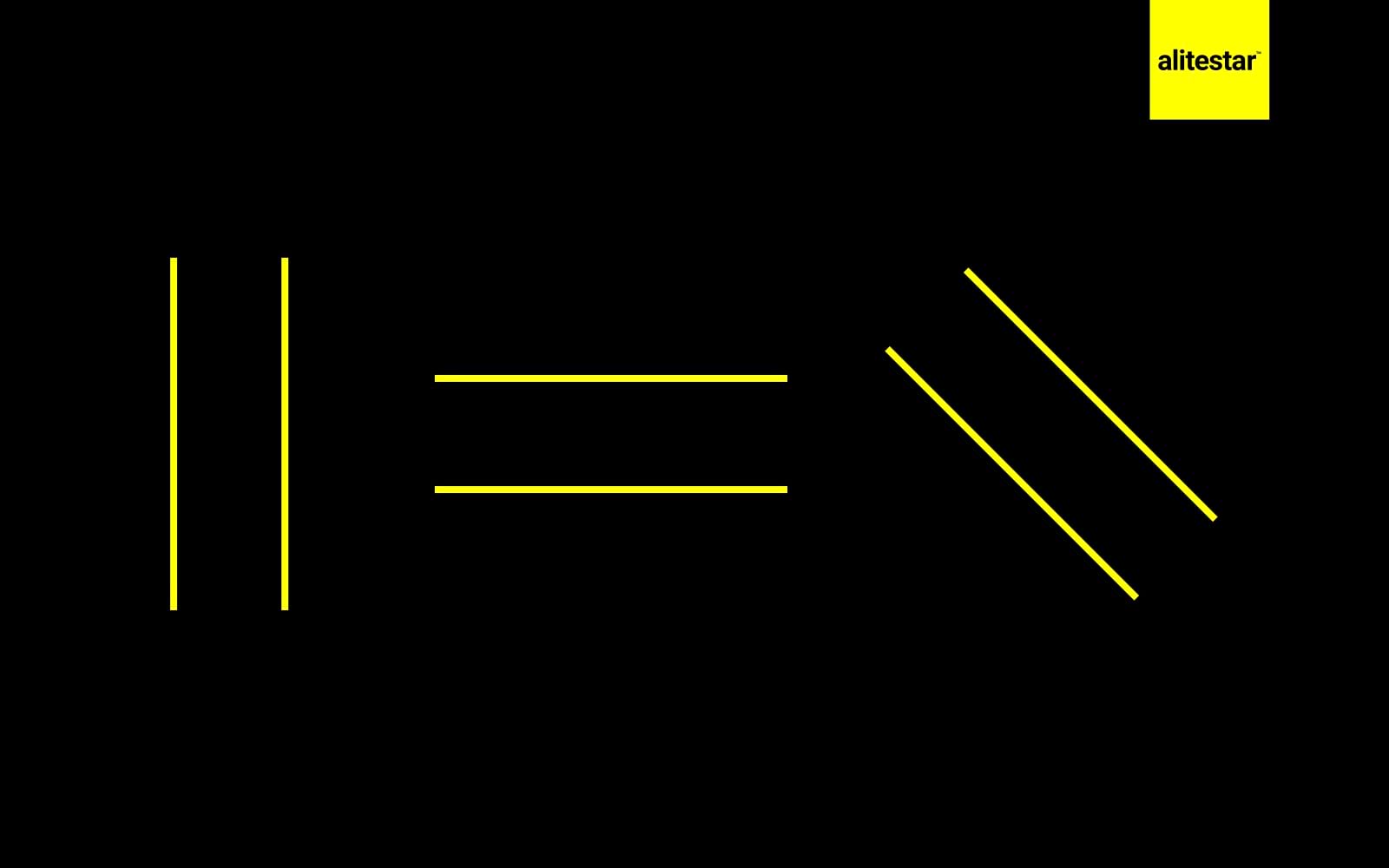
Angled Lines
Angled lines, such as those forming triangles or zigzags, have their own distinct psychological impacts.
Sharp Angles: Sharp angles can create a sense of tension and urgency. They are often used in designs that aim to catch attention quickly and provoke a strong response. For instance, warning signs frequently use sharp angles to alert and caution.
Soft Angles: Softer angles, like those found in organic shapes, can be more inviting and less intimidating. They can make designs feel more approachable and friendly, suitable for brands that want to communicate openness and warmth.
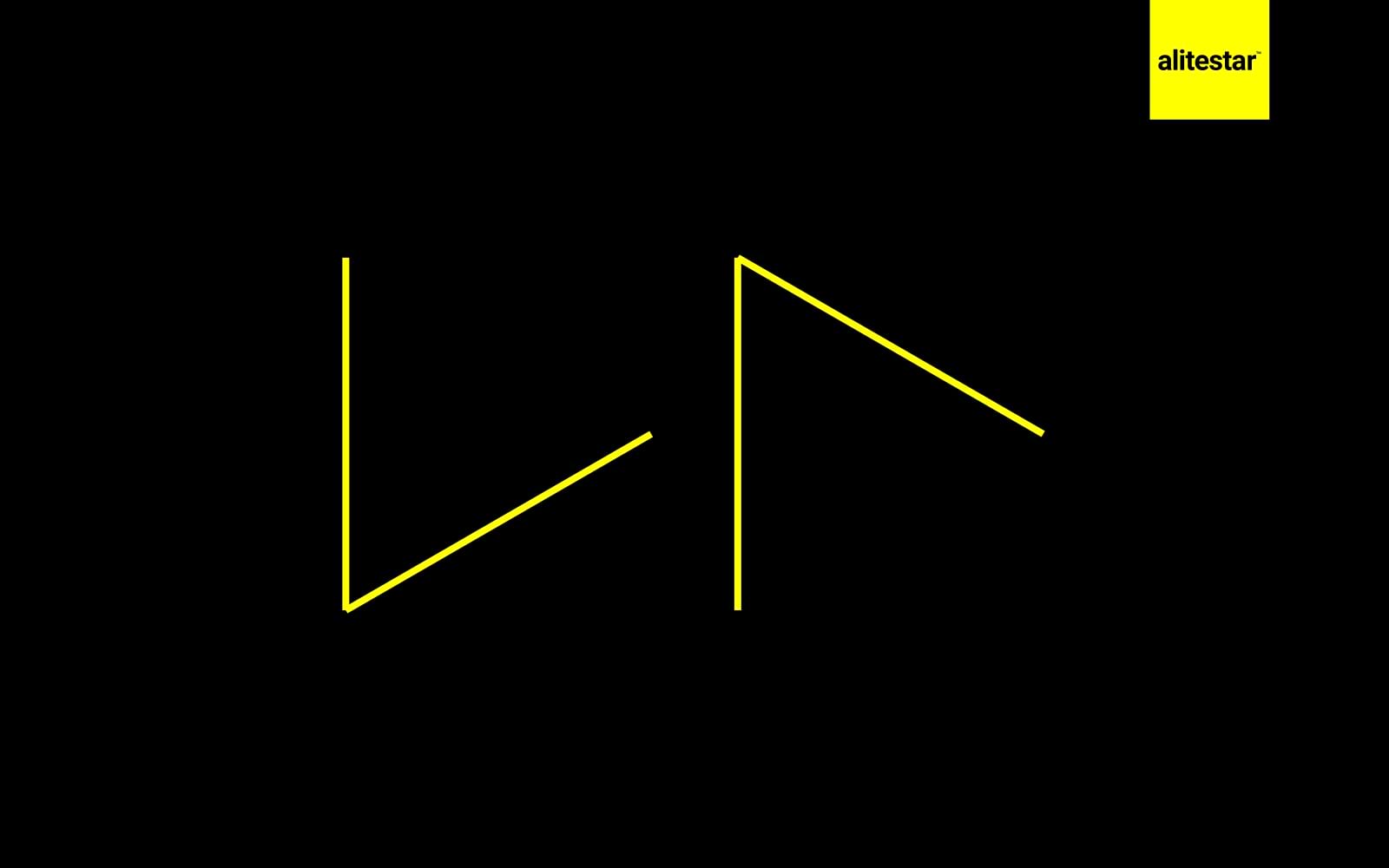
Curved Lines
Curved lines introduce a sense of fluidity and grace. They are associated with softness, flexibility, and comfort.
Gentle Curves: These lines can make a design feel more nurturing and approachable. They are commonly used in industries like healthcare and wellness to convey care and compassion.
Dynamic Curves: Dynamic curves, such as spirals, can suggest energy and creativity. They are often employed in artistic and innovative brands to communicate a sense of imagination and progress.
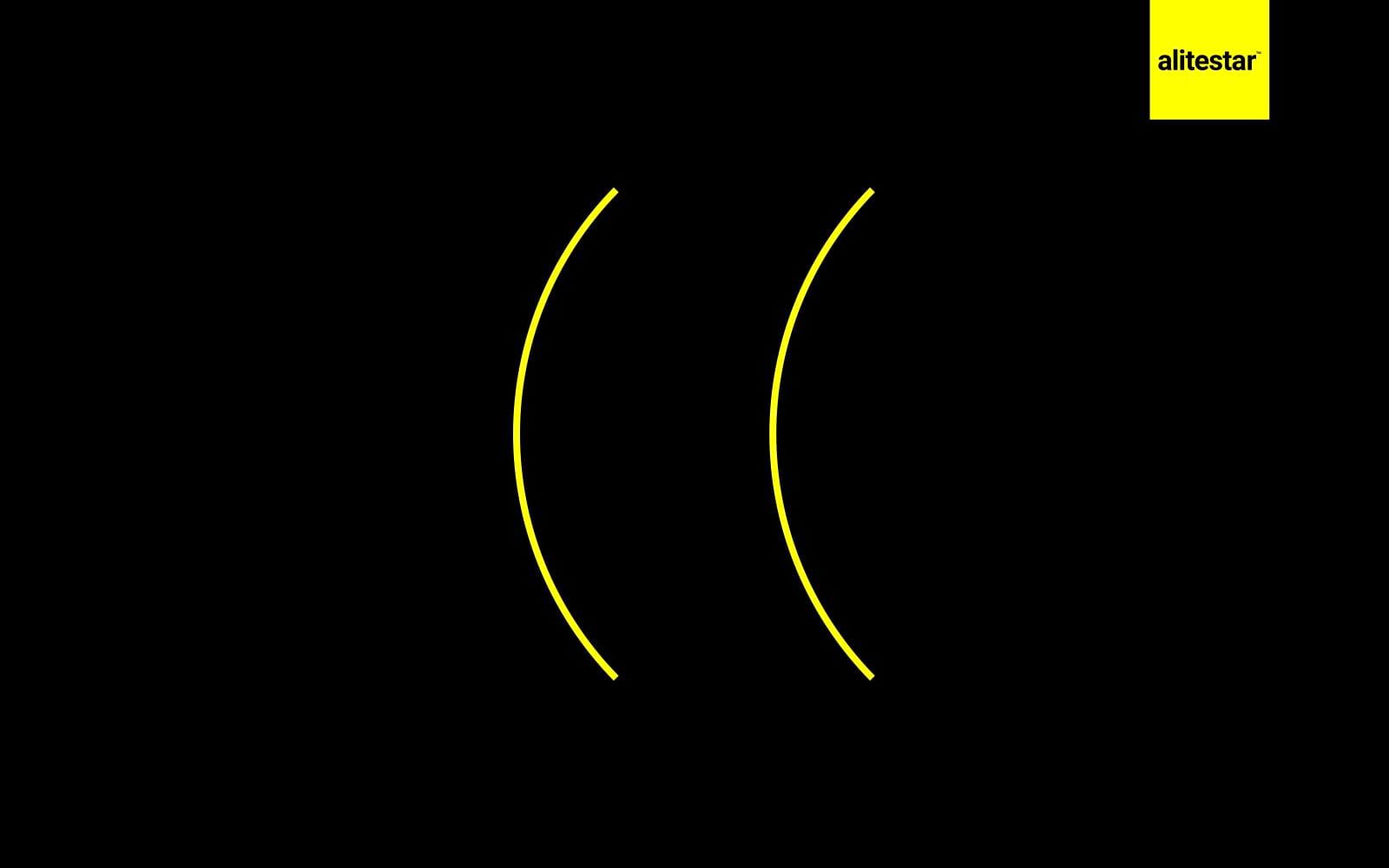
Organic Shapes
Organic shapes are forms that are typically irregular, fluid, and free-flowing, often found in nature. Unlike geometric shapes, which are precise and symmetrical, organic shapes have a more natural, less structured appearance. They can resemble the curves of a river, the outline of a leaf, or the silhouette of a mountain. These shapes convey a sense of spontaneity and natural beauty, evoking feelings of comfort, relaxation, and authenticity. In design and art, organic shapes are used to create a sense of warmth and approachability, adding a touch of the natural world to digital and physical spaces. Their inherent unpredictability can also introduce a dynamic and lively quality, making them a versatile tool for conveying emotional and aesthetic depth.
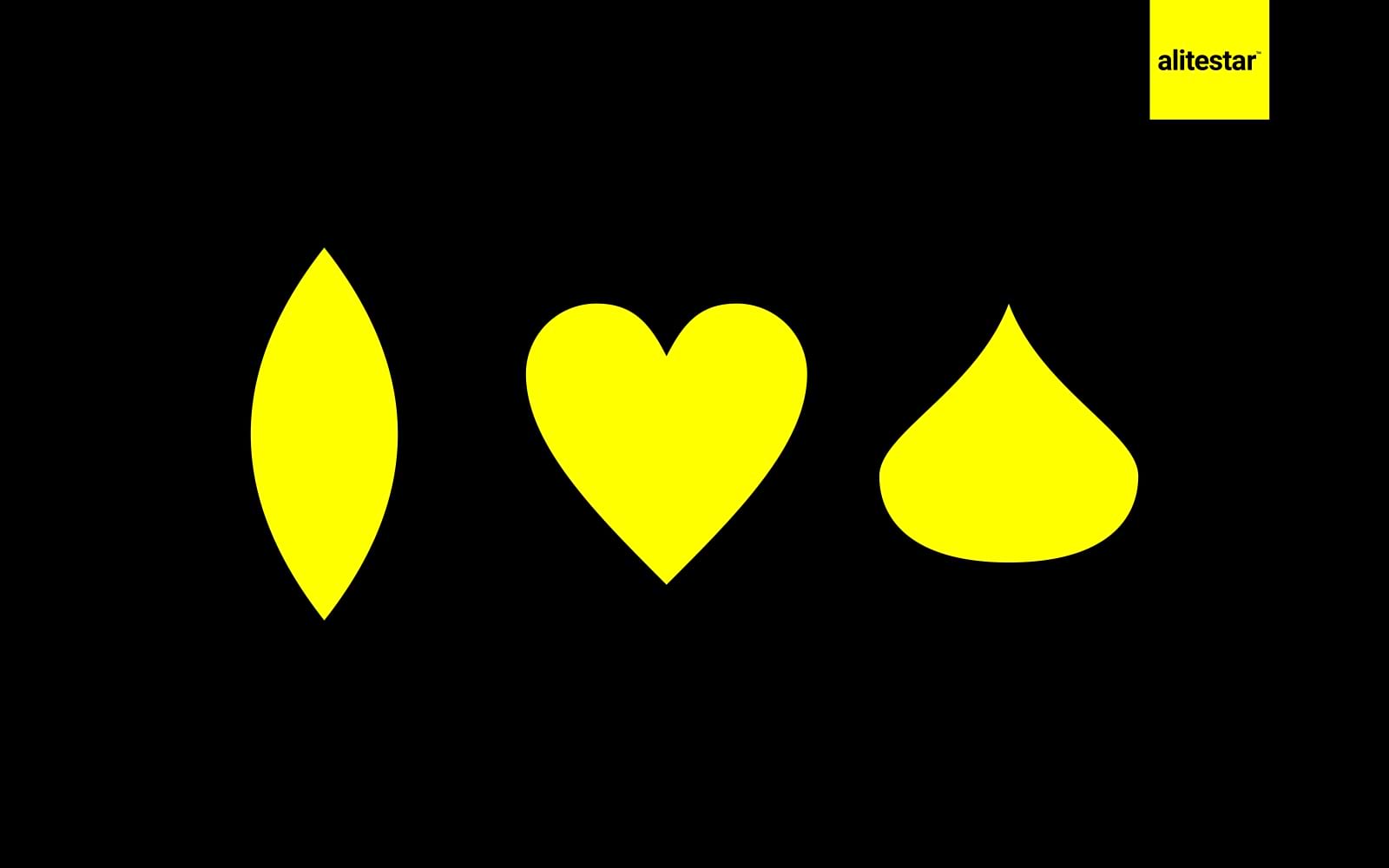
Logos and Branding
Shapes play a critical role in logo design. A well-chosen shape can communicate your brand's values instantly. For example, circular logos are often used by brands that want to appear friendly and inclusive, while angular logos can suggest cutting-edge technology and innovation.
Incorporating lines effectively in logo design can reinforce brand messaging. For example, the Nike swoosh, a dynamic curved line, suggests motion and speed, perfectly aligning with the brand's athletic focus.
User Interface and User Experience Design
In UI/UX design, shapes guide user interaction and influence usability. Rounded buttons are perceived as more clickable and user-friendly, while sharp edges can indicate action points and navigation elements. Lines guide users' eyes and help structure information. Horizontal lines can divide content cleanly, vertical lines can create clear navigation paths, and diagonal lines can draw attention to calls-to-action or highlight important features.
Product Design
The shape of a product can affect its functionality and user perception. Ergonomic designs that fit comfortably in the hand, like those of many consumer electronics, utilize shape psychology to enhance user experience. Lines in product design can influence user interaction and perception. For instance, sleek, straight lines in electronic devices can suggest modernity and precision, while rounded edges can enhance user comfort and friendliness.
Environmental Design
In physical spaces, shapes can influence movement and behavior. Rounded corners and open layouts in office designs can promote collaboration and reduce stress, while angular designs can delineate areas and create a sense of order.
According to a Microsoft study, the first 10 seconds are crucial for making a positive first impression on website visitors. This underlines the importance of initial visual impact, where shapes play a vital role. Additionally, research from the Journal of Consumer Research highlights how the shape of a product's packaging can affect consumer perceptions and purchase decisions.
A study by the University of Winnipeg found that the use of lines in design can significantly affect a viewer's emotional response. For example, environments with predominantly vertical lines were perceived as more formal and imposing, while those with horizontal lines were seen as more relaxed and approachable.
Identify the Purpose and Audience Understand the core message you want to convey and who your audience is.
Choose Appropriate Shapes Select shapes that align with your brand values and resonate with your target audience.
Combine Shapes for Impact Use a combination of shapes to create a balanced and engaging design. Avoid overcrowding or unnecessary complexity.
Test and Iterate Designs Use A/B testing and user feedback to refine your designs. Ensure the shapes you choose are effectively communicating your desired message.
Misuse of Shapes
Avoid using shapes that conflict with the intended message. For example, using aggressive angular shapes for a brand that aims to be perceived as friendly and approachable.
Ignoring Cultural Context
Shapes can have different meanings in different cultures. Ensure your design choices are culturally appropriate for your target audience.
Overcomplicating Designs
Simplicity often has a stronger impact. Avoid cluttering your design with too many shapes, which can confuse the viewer and dilute your message.
Overuse of Diagonal Lines Too many diagonal lines can create a sense of chaos and confusion. Use them sparingly to highlight key areas without overwhelming the viewer.
Ignoring Line Hierarchy Ensure that the most important elements in your design are supported by the appropriate lines. For example, use bolder lines for primary elements and finer lines for secondary details.Neglecting Cultural Context
Understanding and applying shape psychology is a powerful tool in the designer's arsenal. It enables you to create designs that not only look appealing but also resonate deeply with your audience, driving engagement and loyalty. Continuous learning and experimentation with shapes can lead to innovative and impactful designs, setting you apart in a competitive market
Q1: What is shape psychology in design?
A: Shape psychology is the study of how different shapes influence human perception, emotions, and behavior. In design, it involves using shapes strategically to convey specific messages, evoke desired emotions, and enhance the overall user experience.
Q2: Why is understanding shape psychology important for designers?
A: Understanding shape psychology allows designers to create more effective and impactful designs. By leveraging the psychological effects of shapes, designers can communicate brand values, guide user behavior, and improve the aesthetic appeal of their designs.
Q3: How do different shapes affect perception in design?
A:
Q4: Can you give examples of how shape psychology is used in branding?
A:
Q5: How do lines and shapes influence user experience in UI/UX design?
A:
Q6: What role do cultural contexts play in shape psychology?
A: Shapes and lines can have different meanings in different cultures. For example, vertical lines may symbolize authority in some cultures but can be perceived as intimidating in others. Designers must consider cultural contexts to ensure their designs are appropriate and effective for their target audience.
Q7: How can startups and entrepreneurs benefit from applying shape psychology in their branding?
A: By using shape psychology, startups and entrepreneurs can create logos and branding materials that effectively communicate their brand values and resonate with their target audience. This can enhance brand recognition, build trust, and ultimately drive customer engagement and loyalty.
Q8: What are some common mistakes to avoid when using shape psychology in design?
A:
Q9: How can designers test the effectiveness of their use of shapes in design?
A: Designers can use A/B testing, user feedback, and usability testing to evaluate the effectiveness of their designs. Iterating based on these insights ensures that the shapes and lines used are effectively communicating the intended message and enhancing user experience.
Q10: Are there any notable studies that support the impact of shape psychology in design?
A: Yes, a Microsoft study highlights the importance of the first 10 seconds for making a positive impression on website visitors, emphasizing the role of visual elements. Additionally, research published in the Journal of Consumer Research demonstrates how the shape of a product’s packaging can influence consumer perceptions and purchasing decisions.


Shaikh Asif is an Award-winning designer, director, strategist, and educator. He’s the Lead Strategic Brand Designer and Art Director of The Alitestar— a strategic branding and design agency that helps startups, ambitious CEOs, and passionate entrepreneurs to achieve success and ultimately create unforgettable brand experiences.